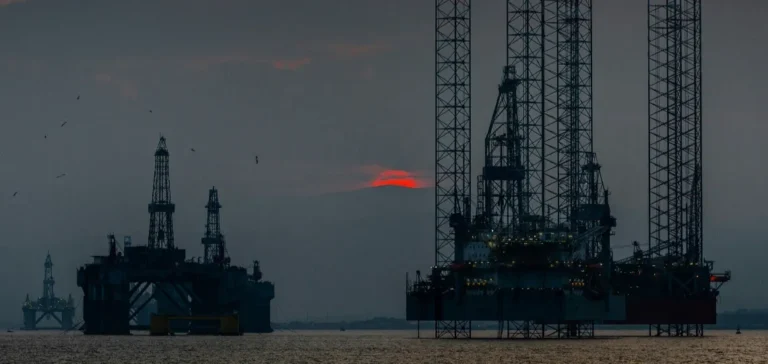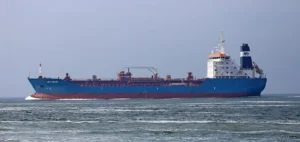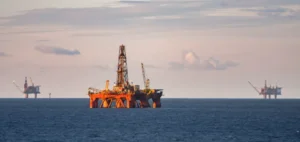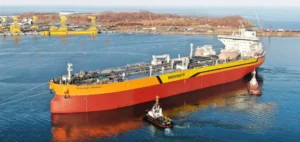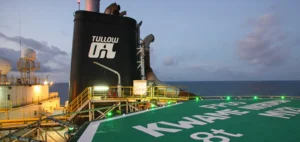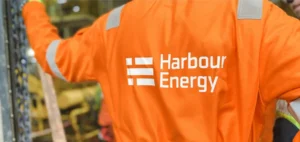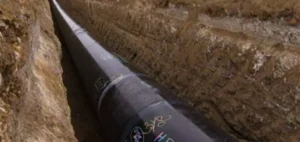A consortium composed of U.S.-based Chevron and Greek group Helleniq Energy has been awarded rights to explore hydrocarbons in four offshore zones off the western coast of Greece and south of the island of Crete. The announcement was made by the Greek Ministry of Environment and Energy following an international tender. These concessions cover strategic areas in the Ionian Sea, south of the Peloponnese peninsula and around Crete, though the total surface area has not yet been disclosed.
A parliamentary vote expected in early 2026
According to Environment and Energy Minister Stavros Papastavrou, a formal contract between the Greek authorities and the consortium is expected to be submitted to Parliament for approval by early 2026. Initial geophysical studies are scheduled to begin during the same year. This development is part of Greece’s broader strategy to diversify its energy supply sources while strengthening its geopolitical presence in the eastern Mediterranean.
Initial competitors and withdrawals
ExxonMobil Corporation had initially expressed interest in exploring zones covering approximately 36,000 km². However, the company was not included in the final selection. The final consortium structure shows a clear intent to pair an international oil major with a domestic player, in this case Helleniq Energy, to strengthen local legitimacy for the project.
Reduced concessions around Katakolo
In January, the Greek ministry announced the withdrawal of certain exploration projects, notably off the port of Katakolo, to protect part of the marine nature reserve located in the Ionian Sea. This decision responded to concerns raised by local organisations about the proximity between exploration zones and the Natura 2000 network of protected marine areas.
Tight timeline and technical challenges
The awarded offshore concessions will require seismic campaigns before any drilling phase. The communicated timeline remains subject to parliamentary approval and the outcomes of preliminary environmental assessments. These steps will determine whether the granted areas contain commercially viable resources.


